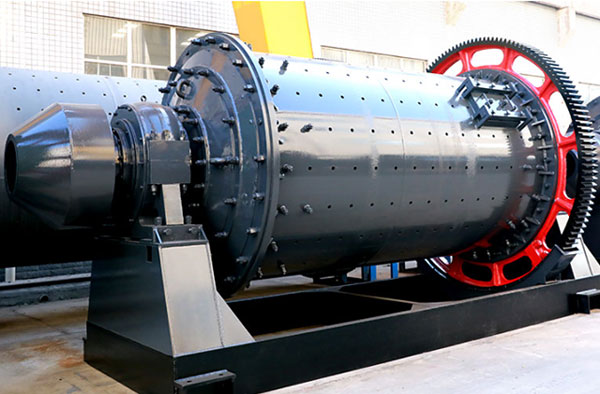Ball mills and vertical mills are both widely used grinding equipment in various industries, such as mining, cement, metallurgy, and more. While they share some similarities, they also possess distinct characteristics that make them suitable for specific applications. In this discussion, we will delve into the differences between ball mills and vertical mills, highlighting their design, operation, and performance aspects.
Design and Structure:
Ball Mill: A ball mill consists of a hollow cylindrical shell rotating about its axis. The shell is filled with grinding media (such as steel balls or ceramic beads) and the material to be ground, both of which are introduced through a feed system. The inner surface of the cylindrical shell is usually lined with abrasion-resistant materials, such as steel or rubber, to protect it from wear. The grinding media collide with the material, leading to the reduction of particle size.

Vertical Mill: A vertical mill, as the name suggests, has a vertical orientation. It typically comprises a rotating table or disc, equipped with grinding rollers that operate against a stationary grinding path or table. The material to be ground is fed onto the table, and the grinding rollers exert pressure to crush and grind it. Vertical mills can also utilize grinding balls or other grinding media for additional particle size reduction.

Grinding Principle:
Ball Mill: The grinding in a ball mill is achieved by the impact and attrition of the grinding media. When the mill rotates, the grinding media cascade and tumble onto the material, crushing and pulverizing it. The grinding action is primarily driven by the rotational movement of the mill.
Vertical Mill: In a vertical mill, the grinding process is primarily driven by compression and shearing forces between the grinding roller and the stationary grinding path or table. The material is crushed and ground as it passes between the rollers and the table, resulting in particle size reduction.
Energy Efficiency:
Ball Mill: Ball mills have been widely recognized for their relatively low energy efficiency. The grinding process consumes a significant amount of electrical energy, primarily due to the high energy consumption of the grinding media and the need for continuous circulation of the material within the mill.
Vertical Mill: Vertical mills generally exhibit higher energy efficiency compared to ball mills. The grinding action in a vertical mill is more localized and confined to the grinding path, resulting in reduced energy losses. Additionally, vertical mills often incorporate drying capabilities, allowing for simultaneous grinding and drying of materials, which further enhances their energy efficiency.
Footprint and Installation:
Ball Mill: Ball mills typically require a substantial amount of floor space due to their horizontal configuration. They also require foundations and supporting structures to handle the large loads generated during operation. Installation and maintenance can be more complex and time-consuming compared to vertical mills.
Vertical Mill: Vertical mills have a smaller footprint and are generally easier to install and maintain. Their vertical orientation allows for more efficient use of space, making them suitable for plants with limited space availability. Additionally, vertical mills can be easily integrated into existing production lines, minimizing the need for extensive modifications.
Application Range:
Ball Mill: Ball mills are commonly used for grinding operations that require fine particles, such as in the cement and mining industries. They are versatile and can handle both dry and wet grinding processes. However, they may not be as efficient for certain specialized applications that demand ultra-fine grinding or precise control over particle size distribution.
Vertical Mill: Vertical mills are well-suited for various applications, including grinding of raw materials in the cement industry, pulverizing coal in thermal power plants, and grinding of industrial minerals. They are particularly advantageous for processes requiring finer and more uniform particle sizes, such as in the production of high-performance cements or specialized mineral products.
